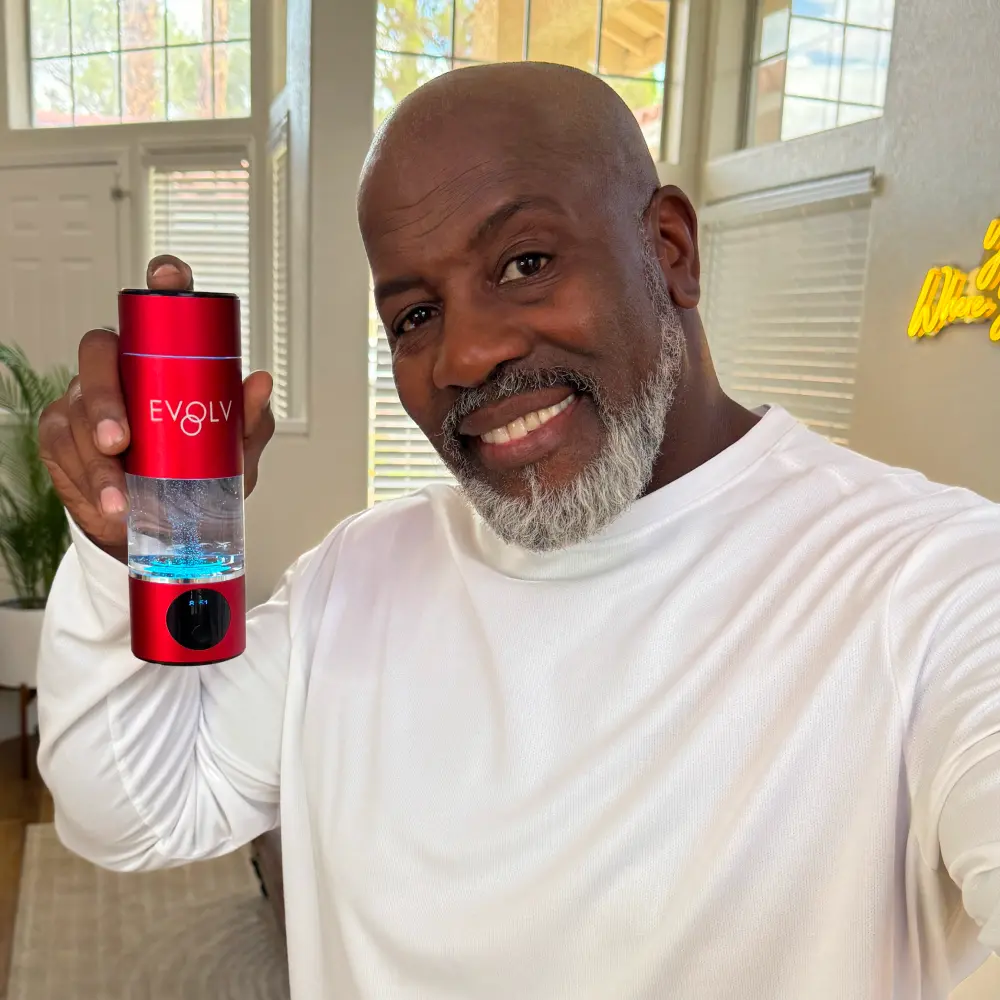
When it comes to hydrogen water, how we measure dissolved hydrogen really matters. Until recently, terms like PPM (parts per million) and PPB (parts per billion) dominated the conversation. But now, the industry is shifting toward more standardized and scientifically accurate metrics: mg/L (milligrams per liter) and mg (milligrams per dose).
So why the change? And what does it mean for you as a consumer looking for real benefits from your hydrogen water?
What PPM and PPB Really Mean
PPM and PPB are relative concentration measurements. They tell you how many parts of hydrogen gas are present per million or billion parts of water. For example:
1 PPM = 1 mg/L
1000 PPB = 1 PPM
These terms sound scientific, but they can be confusing and sometimes misleading for consumers. Many people assume higher ppm = more hydrogen, but that’s not always the full story.
To understand why, we have to talk about actual dosage, not just concentration.
Related: Hydrogen Water PPM vs PPB – What the Measurements Really Mean
Why mg/L and mg Are Better Measures
mg/L = Concentration You Can Understand
The mg/L unit tells you exactly how many milligrams of hydrogen gas are dissolved in one liter of water. It’s scientifically precise and used in most clinical studies and scientific papers.
It’s also comparable across industries, making it easier for consumers to evaluate products based on medical research, such as those published in hydrogen therapy studies.
mg = Total Dosage You Actually Consume
Milligrams (mg) go a step further. This tells you the actual amount of hydrogen gas you ingest, regardless of how much water you're drinking. It’s dose-dependent, and for hydrogen to have any potential therapeutic benefits, studies suggest a minimum threshold of ~1.6 mg/day.
By using mg/L and mg, brands can finally show you how much hydrogen you’re really getting, not just a fancy number.
Must-read: Hydrogen Water Benefits
The Problem with PPM and PPB in the Hydrogen Water Market
Many hydrogen water products boast "high ppm" without explaining:
How much water was tested
If the ppm remains stable (hydrogen evaporates quickly!)
Whether the ppm figure equals an effective dose
Some devices show 3 ppm, but if you're only drinking 300 mL, you’re actually consuming less than 1 mg of hydrogen, not enough for meaningful benefits.
That’s why serious hydrogen water brands like EVOLV are moving toward mg-based labeling, so you can trust the numbers.
See also: Hydrogen Water Bottle Benefits
Why This Shift Matters for Consumers and the Industry
This move isn’t just about semantics, it’s about accuracy, transparency, and effectiveness.
Here’s what mg/L and mg-based measurements bring:
Easier comparison across products
Reliable dosage tracking
Better alignment with clinical studies
Trustworthy labeling for consumers
Whether you're using hydrogen water tablets, bottles, or generators, knowing the actual hydrogen content in mg or mg/L means you can make smarter choices for your health and hydration.
Check out: Hydrogen Tablets for Energy and Recovery
Final Thoughts
The hydrogen water industry is maturing, and that means moving away from vague and inconsistent units like ppm and ppb. If you're looking to optimize your hydrogen intake for real health benefits, start paying attention to mg/L and total mg dosage.
That’s how you sip smarter, feel better, and invest in products that actually deliver.











